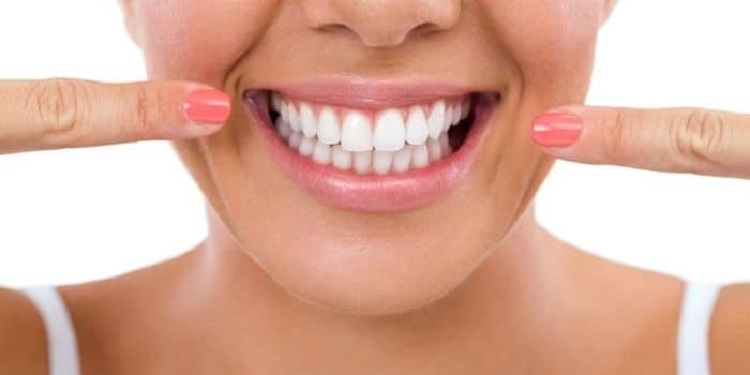Is There Such a Thing as the Perfect Bite?
In the world of orthodontics, the pursuit of the perfect bite is a constant endeavor. In addition to improving one’s smile, a functional bite also promotes better oral health and general well-being. Still, it begs the question: Is the “perfect bite” a real thing? We’ll examine this principle and the elements that affect the perfect biting alignment in this post.
Table of Contents
Understanding the Bite
When the jaws are closed, the manner in which the upper and lower teeth meet is referred to as the “bite”. When the molars fit together in a way that facilitates effective chewing and jaw movement, the top teeth will slightly overhang the lower teeth in a bite that is in good alignment.
A misaligned bite, on the other hand, can lead to various issues, such as:
- Difficulty chewing and biting
- Excessive wear on tooth enamel
- Jaw pain and discomfort
- Speech impediments
- Increased risk of dental problems
Factors Influencing the Perfect Bite
Achieving the ideal bite alignment is a complex process that involves several factors, including:
- Jaw Structure: The shape and size of the upper and lower jaws play a crucial role in determining the alignment of the teeth and the overall bite pattern.
- Tooth Alignment: A misaligned or crooked set of teeth can greatly affect how well the upper and lower teeth fit together, resulting in an incorrect bite.
- Facial Muscle Tone: The strength and tone of the facial muscles can influence the position of the jaws and, consequently, the bite alignment.
- Genetics: Hereditary factors can contribute to jaw and tooth development, potentially predisposing individuals to certain bite patterns.
- Habits: Some behaviors, such as tongue-thrusting or thumb-sucking, can impact how the bite develops and where the teeth are positioned.
The Role of an Orthodontist in Germantown, MS
While the pursuit of the perfect bite may seem elusive, the expertise of an experienced orthodontist Germantown MS, can go a long way in achieving optimal bite alignment. Dental experts with training in the diagnosis, prevention, and treatment of dental and facial abnormalities, including bite issues, are known as orthodontists.
Through a comprehensive evaluation and treatment plan, an orthodontist can address various bite issues, such as:
- Overbites
- Underbites
- Crossbites
- Open bites
- Crowded or misaligned teeth
The treatment options may include:
- Braces: To improve the alignment of the bite, teeth can be progressively shifted into their right locations with traditional metal braces or transparent aligners like Invisalign.
- Jaw Surgery: In severe cases where jaw discrepancies are present, orthodontic treatment may be combined with jaw surgery (orthognathic surgery) to correct the underlying skeletal issues.
- Appliances: Various orthodontic appliances, such as expanders or functional appliances, can be used to guide jaw growth and improve bite alignment, particularly in younger patients.
The Pursuit of the Perfect Bite: Realistic Expectations
While the concept of the “perfect bite” may seem like an idealistic goal, it’s essential to have realistic expectations. Every individual’s dental anatomy is unique, and what constitutes a perfect bite may vary from person to person.
Some key considerations include:
- Functional Efficiency: The primary objective should be achieving a bite that allows for proper chewing, speaking, and jaw function while minimizing excessive wear and strain on the teeth and jaws.
- Aesthetic Appeal: While a visually appealing smile is desirable, it should not come at the expense of compromised oral health or function.
- Long-term Stability: The bite alignment achieved through orthodontic treatment should be stable and long-lasting, with proper retention and maintenance.
- Individual Goals: Each patient may have different priorities and goals when it comes to their bite alignment, and these should be taken into account during the treatment planning process.
Maintaining a Healthy Bite
Even after achieving optimal bite alignment through orthodontic treatment, ongoing care, and maintenance are crucial to preserving the results. Here are some tips for maintaining a healthy bite:
- Wear Retainers as Prescribed: Retainers help keep the teeth in their new positions and prevent them from shifting back to their original positions.
- Practice Good Oral Hygiene: Regular brushing, flossing, and dental check-ups help prevent dental problems that could potentially affect the bite alignment.
- Avoid Harmful Habits: Habits like nail-biting, pencil-chewing, or excessive thumb-sucking can undo the progress made during orthodontic treatment.
- Consider Orthodontic Adjustments: As individuals age, their bite may shift slightly due to natural tooth wear or other factors. Periodic orthodontic adjustments may be necessary to maintain proper alignment.
Conclusion
While the pursuit of the perfect bite may seem like an elusive goal, the expertise and guidance of an experienced orthodontist in Germantown, MS, can help individuals achieve optimal bite alignment and improve their overall oral health and well-being. By addressing underlying dental and skeletal issues, implementing appropriate treatment plans, and maintaining good oral hygiene habits, individuals can enjoy the benefits of a functional and aesthetically pleasing bite for years to come.
The concept of the “perfect bite” is subjective and may vary from person to person. The key is to work closely with your orthodontist to establish realistic goals and expectations while prioritizing functional efficiency, long-term stability, and overall oral health.

